I've been recently learning some VIM hackery and I have learned a lot of useful commands and gotten pretty efficient at editing text with VIM. I'm using the Finnish qwerty keyboard layout (see image below) which is pretty horrible for programming. All your usual coding special characters ()[]{}/\ happen by pressing either shift or alt gr and a number key, but I'm already pretty used to that. I do not want to change my keyboard layout since I do quite a lot of writing and IRC chatting in my native language and for that I need the ä and ö characters (the å is useless for me, only the Swedes use that).
My problem is that some VIM commands have a pretty difficult keymapping by default, for example go-to-tag-under-cursor is ^] which translates to Ctrl-AltGr-9 on a Finnish keyboard. This requires me to press the left control key with my left hand, alt gr with my right thumb and extending my right index finger to the number 9 key. This feels like using emacs and/or playing classical guitar. Not exactly ergonomic.
Here's what the keyboard layout looks like:

NOTE: the keys that are marked blue are written by pressing AltGr (right alt) and the appropriate key. The red ones are two-key compose characters or dead keys which do not give out a character by them selves. F.ex. to type the ü character you first press the ¨^~ key and then u. Same goes for the accent keys. These dead keys are unmappable in VIM.
So basically I have 3 extra alphabetical keys (äöå) available, but they cannot be mapped more than once, modifier keys do not work with them (in VIM). I can map something to ä, but not Ä or <C-ä>.
Now I'm looking for ideas for my VIM setup from fellow Finnish/Swedish or other non-US keyboard layout users. Please share your key mappings, .vimrc tips and anything else that might be useful.

